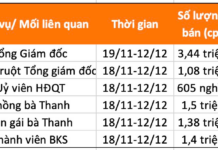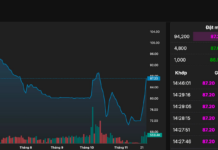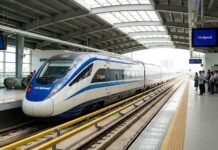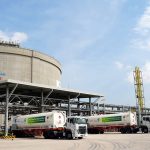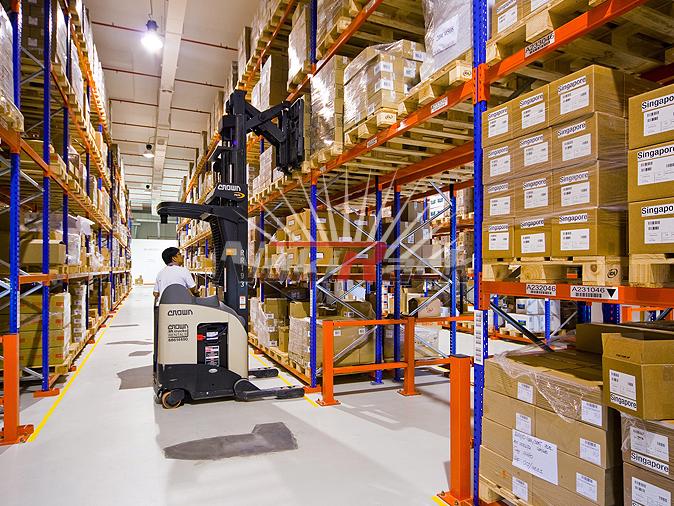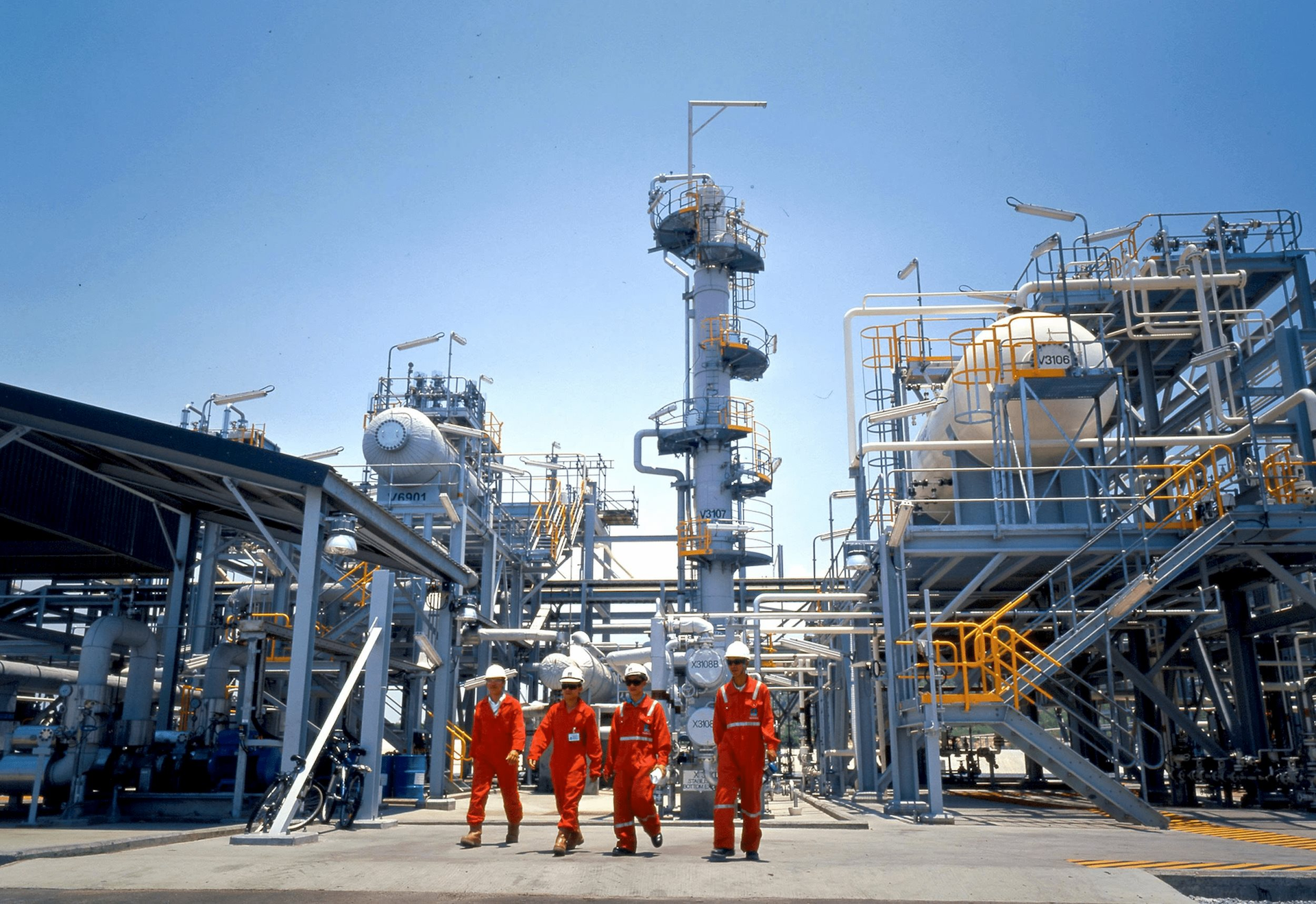
The NCS Gas System
The Nam Con Son Pipeline (NCSP) is a testament to the technological prowess of Vietnam’s oil and gas industry.
It all began with the Nam Con Son Basin, a vast area offshore in Southeast Vietnam, believed to be rich in oil and gas potential. In 1995, recognizing this potential, the Prime Minister directed Petrovietnam to collaborate with leading global corporations to develop a gas project in the region.
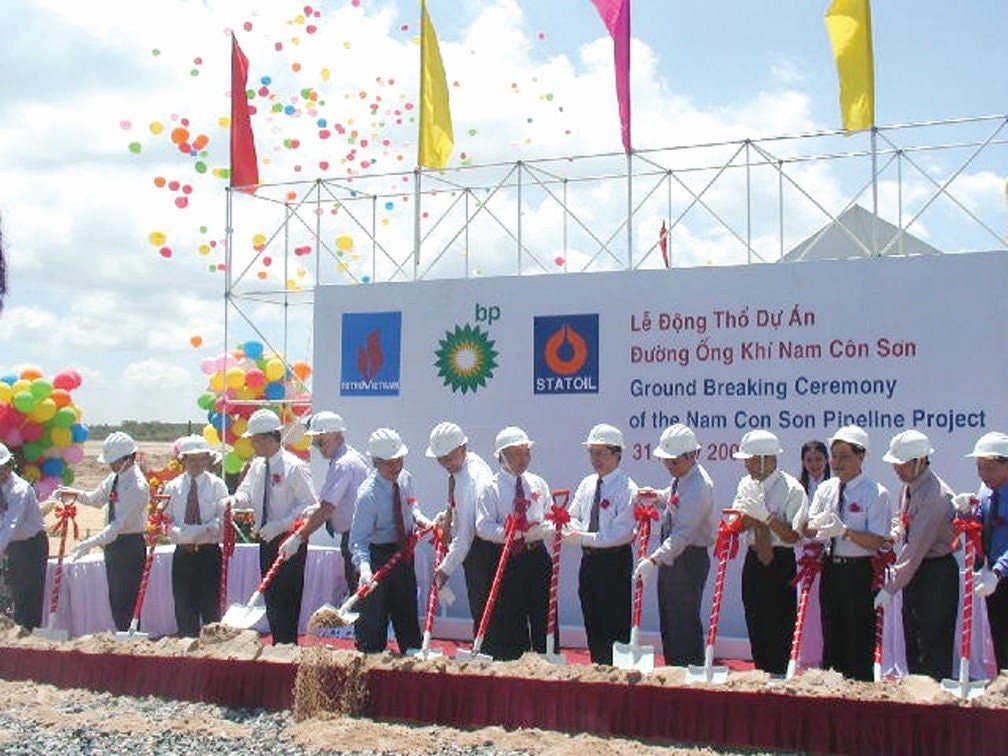
In 2000, the Nam Con Son Pipeline Company (formerly known as the Nam Con Son Gas Pipeline Joint Venture) was established with the investment of Petrovietnam (51%), BP Group (UK), and Statoil Group (Norway).
The following year, construction commenced on the project, with a total investment of approximately $1.3 billion, making it one of the largest foreign-invested projects in Vietnam at the time. In December 2002, NCSP received its first commercial gas flow from the Lan Tay field, marking a new chapter for Vietnam’s gas industry. Since then, the system has continuously expanded, accepting gas from significant fields such as Rong Doi, Chim Sao, Lan Do, Hai Thach – Moc Tinh, and Phong Lan Dai. In the future, gas from the Thien Nga – Hai Au field will also be connected.
In 2008, NCSP commissioned its second gas pipeline, increasing the plant’s capacity from 10.48 to 20 million cubic meters of gas per day. In 2011 and 2013, NCSP further elevated the plant’s capacity to 21 and 22 million cubic meters of gas per day, respectively, making it the largest in the country.
A standout feature of the NCSP system is its ability to transport two-phase fluids (gas and condensate) over a distance of more than 370 kilometers, the longest in Vietnam.
As the country’s largest processing plant, the Nam Con Son Gas Processing Plant plays a crucial role in meeting the demands of power plants, fertilizer factories, and various key industries. Notably, PV GAS NCSP has implemented advanced technologies such as real-time dynamic simulation (MSI), Hysys simulation software, ICS integrated control system, Energy Components product management software, PSMS pipeline security monitoring system, risk-based inspection (RBI), and waste heat recovery technology (WHRU).

Nam Con Son Gas Processing Plant
The Nam Con Son Pipeline is currently managed and operated by the Nam Con Son Pipeline Company (PV GAS NCSP), a subsidiary of Vietnam Gas Corporation (PV GAS).
The Nam Con Son Pipeline Joint Venture was established in 2000 between the Vietnam Oil and Gas Corporation (now Vietnam Oil and Gas Group), BP Group, and Statoil Group. Today, NCSP is a joint venture between Vietnam Gas Corporation (PV GAS), Rosneft Pipelines Vietnam, and Perenco Pipelines Vietnam, with PV GAS as the project operator.
To date, the system has received and processed over 110 billion cubic meters of gas and approximately 24 million barrels of condensate. Notably, there were times when the project’s gas contribution accounted for about 40% of the country’s total electricity production.
PV Gas, formerly known as the Gas Company, was established in 1990 as a subsidiary of the Vietnam National Oil and Gas Group. PV Gas primarily engages in the collection, transportation, storage, processing, export, import, and trading of gas and gas products.
The company currently operates four gas pipeline systems: Cuu Long, Nam Con Son in the Southeast region, PM3 in the Southwest region, Ham Rong-Thai Binh in the North, two gas processing plants in Dinh Co and Nam Con Son, and an extensive LPG warehouse system nationwide. PV Gas has a production capacity of 450,000 – 500,000 tons of LPG per year and 70,000 tons of condensate per year. The corporation leads the LPG market with over 70% market share in Vietnam.
In terms of financial performance, PV Gas recorded a gross revenue of nearly VND 55,756 billion in the first six months of 2025, a 4% increase compared to the same period last year, and a post-tax profit of over VND 7,571 billion, a 27% surge.
“PV Gas Allocates Over 13,780 Billion VND for 2023 Dividend Payout”
PV Gas has announced a dividend payout of 60% for 2023, which equates to an estimated cost of over VND 13,780 billion. With approximately 2.3 billion shares in circulation, this substantial payout underscores the company’s strong performance and commitment to returning value to its shareholders.
















